If you’ve ever heard anyone repeat the phrase “May the Fourth Be with You” it…
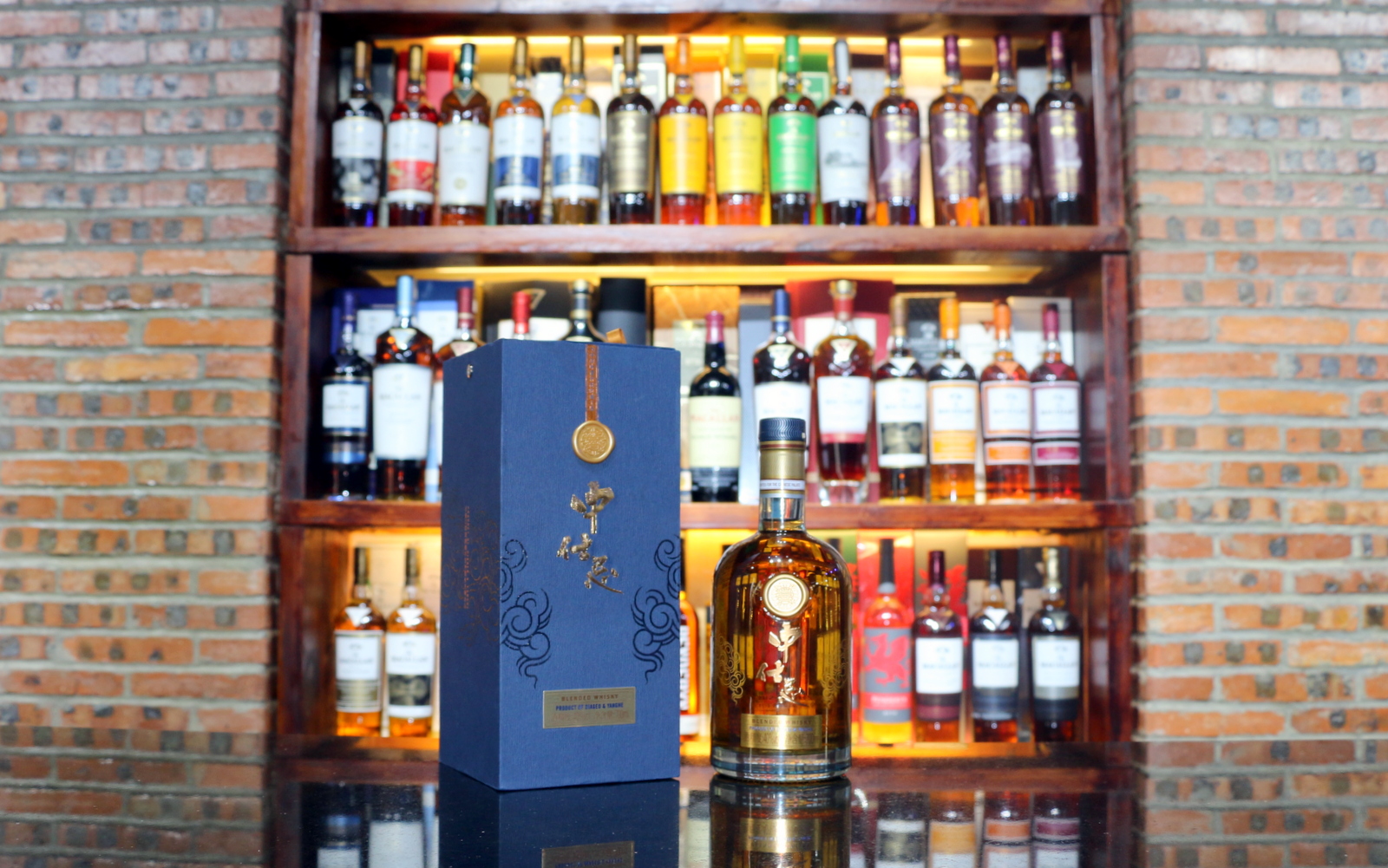
Zhong Shi Ji
Zhong Shi Ji was launched with a minimalistic fanfare (in comparison to other Diageo launches and announcements) which led me to start wondering what it was all about. The product is apparently the result of a joint venture between Diageo and Jiangsu Yanghe Distillery Co, based in Jiangsu province. Jiangsu Yanghe Distillery (JYD) is the third-largest producer of Baijiu in CHina, and owner of two distinct bai-jiu brands that each has 1300 years of history. They occupy a vast, 10 square kilometre site and have what is believed to be about 20’000 employees. This is where the confusion started for me.
Diageo already has a controlling share with a distillery in Chengdu, Shuijingfang (SJF), with more than 60% of the company equity. Logically, it would have made sense to partner with SJF as would be normal for a large multinational such as Diageo. Keeping it in the family so to speak. However, there has to be some logic behind working with JYD as I’m sure we will all understand over time.
What is Zhong Shi Ji?
According to the label, it is: “Blended Whisky Product of Diageo and Yanghe”. According to the label and the marketing material, it is:
“A PIONEERING PRODUCT FROM DIAGEO AND YANGHE”
East meets West – Zhong Shi Ji is a collaboration of the skills of a Diageo Scotch Whisky Master Blender and a China Alcoholic Drinks Association’s Chinese Baijiu Master. Crafter for the Chinese palate using a unique combination of processes, including softening rich, hand-selected whiskies through the artistry of Chinese ceramic pot maturation to create a new and uniquely smooth drinking experience”
Under The Label
Waffle and fluff aside, what is it REALLY? We can start with telling you the two things that it almost certainly isn’t. It’s not baijiu. Whisky lovers can sigh with relief at that. It doesn’t smell like baijiu and it doesn’t’ taste like baijiu. But, it’s almost certainly not what we would typically call whisky either.
It’s probably fair to say that the vast majority of whisky enthusiasts would consider whisky to be a grain derived fermented alcohol that is distilled and then aged for 3 years or more in oak barrels. There are a few exceptions to that generalisation – bourbon whisky actually has no minimum time requirement (although even the cheapest bourbons typically have a minimum of 2 years), Indian whisky can be made from sugar-derived products and still put those 6 letters on the label. Japanese whisky can pretty much be anything, from any country and poured in any container while in Japan and called Japanese whisky. But exceptions aside, grains, fermented, distilled, barrels for 3 years would be the “norm”.
The Review
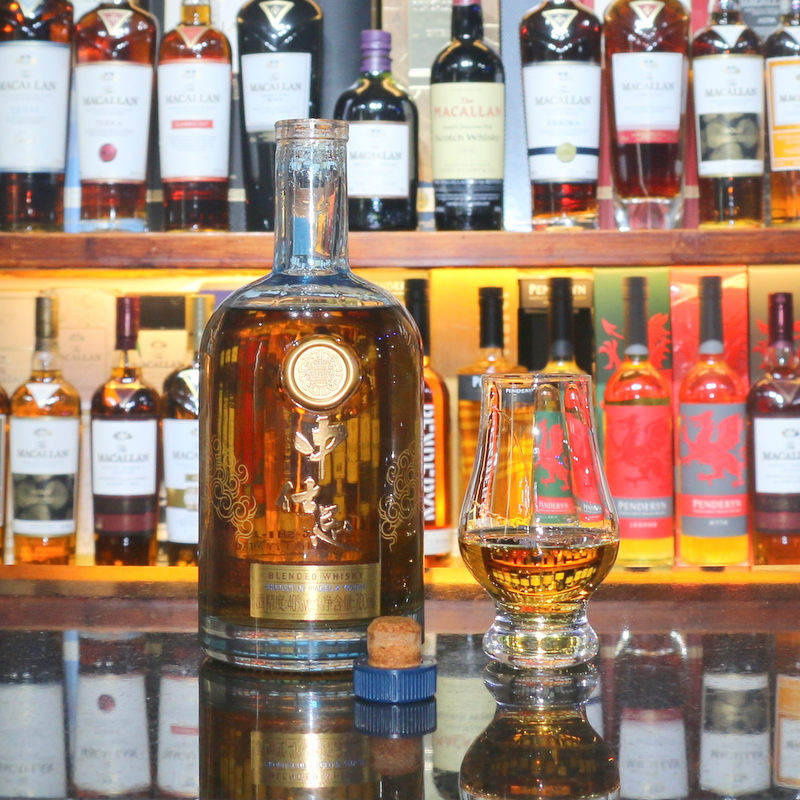
Presentation
Most reviewers never even touch the presentation of a bottle of whisky. It’s mostly not relevant, but on this bottle it really is. The packaging is as important to a product in China, as the product itself. In fact, on some products, it can be quite obvious that the packaging costs were more than the product itself. This all ties into the fact that China is a culture where gifting is hugely important in all aspects of life, from family and friends, through to business.
Alcohol is a very popular gift both in wine form and liquor form. Handing over a bottle on its own, irrespective of the brand or cost is frowned upon. A cheap €2 bottle of table wine in a flash looking €2 box will always give a better impression than a €30 bottle of chateau bottled burgundy.
Zhong Shi Ji has gone for the premium packaging angle. Fibreboard box with a textured finish, gold screen printed lettering, metallic foil nameplates, pseudo wax seals (plastic) and metal riveting on the box. In its box, it wouldn’t look out of place on a shelf with premium and ultra-premium baijiu products. A closer look can see it’s very much Hyacinth Bucket as opposed to Hyacinth Bouquet.
The bottle shape is not too dissimilar to the “Oslo” style – somewhere between Bruichladdich and Monkey Shoulder, inlaid with the faux-wax seal (plastic thing). A slight blue tint to the glass and a thick base to give the impression it’s the same quality of glass used for Johnnie Walker Blue Label. It isn’t. Chalk and cheese. Some screen printing on the bottle in gold up the game a bit, but there’s no hiding the facts it’s a generic piece of glass with some printing and a cheap as possible faux-cork stopper.
Appearance
It’s brown in a glass, and it has a recognisable dark spirit colour.
Nose
There’s an initial (very brief) sting from the alcohol and then the nose is quite soft and light. There are notes of grains there and some wood. The grain elements are more of a “deduction” – it doesn’t give the impression that it’s made of sugars (it doesn’t smell like rum) and it doesn’t give the impression that it’s made from dairy (it doesn’t smell like Arkhi). Being a Diageo product it’s unlikely to be made from cabbages so that only leaves grains. No real “malt” indicators on the nose. On a positive note, it doesn’t smell like baijiu.
Palate
It tastes like an easy-drinking, sub-entry-level blended scotch. It’s not a bad drink and it’s not offensive on the palate. But there’s nothing really that comes through on the taste except that generic background flavour that seems to be in all scotch style blended whisky. Normally that “filler flavour” gets superseded by more interesting facets on more complex blends. Sure, there’s some kind of grainy sensation there, and some lumps of something woody, but its more MDF than it is oaked. There’s a sweetness there, but not a refined and polished sweetness that would come from sherry cask or port cask, more like aspartame.
Finish
It passes by like the bus that you didn’t want to catch anyway. It’s not taking you to where you want to go, but it’s not getting in the way either. It’s not offensive, it just doesn’t have anything to be remembered. After tasting it, the phone rang, 6 minutes after the phone call ended, the finish just couldn’t be remembered. It had to be tasted twice just to reiterate the nothing.
The Theory About Zhong Shi Ji
Bulk new make spirit imported from the UK, that has had a few weeks to dance in oak barrels, has a splash around in some ceramic (to give it that “East meets West” strapline, and then gets the rest of it’s “unique character” from wood chips. That’s not just a spiteful comment, let me explain the logic.
Firstly, the base alcohol doesn’t have any of the typical Chinese characteristics that are so easily tasted. Even the cheap whisky-type offerings that are made in China and marketed as whisky on some of those questionable online street markets, always have the same noticeable aftertaste. It derives from the different approach to fermentation that China has. Yes, they use yeast, but it’s very different from what would be used outside of Asia. Not the right place for a science lesson but the theory of the base spirit being imported does have some justification.
There almost certainly oak barrels involved. We took the time to check import records and there are some non-trivial imports of oak barrels going into Jiangsu province since 2018. Of course, there are barrels imported into China for the massive and continuously growing wine production industry – but none of the types of vineyards that would use barrels is based in Jiangsu province.
But – how much time this spirit spends in oak is the question. With a joint-venture announced in April 2019, and the product being sold with a production date of 15th July 2019, there’s not a lot of room there. We could theorise that the JV was legally older than April 2019, but we can’t see any noticeable imports of barrels before 2017. Factor in the time to clear customs, clean barrels and make them usable, the very longest window of time we could imagine would be about 18 months between barrelling and bottling. That wouldn’t leave any time for the “softening rich hand-selected whisky through the artistry of Chinese ceramic pot maturation”
Could it be 3-year-old scotch whisky exported to China therefore already qualifying as “whisky” before the mumbo jumbo happens in China? Well, perhaps. If the original source whisky was made out of cardboard it would explain why, after three years maturation in oak barrels, it has the consistency and the viscosity of 3 months old spirit.
So where do the wood chips fit in? A simple like for like comparison with a bottle of grain vodka, with a handful of woodchips, left of a window ledge for a week. I managed to create something with a more appealing nose, body and flavour than this. Wood chips are the reason that wine can be created faster, cheaper and in bigger volumes than ever before and the cynic in me thinks it was only a matter of time before this bled into the premium spirits category..
Summary
In the context of what it’s currently being marketed for in China at ¥450 a bottle (at the time of writing this, US$63 / €57 / £52 ) it’s in the price point of 12-18-year-old single malt scotch whiskies. It’s about double the cost of Johnnie Walker Black Label, double the cost of Chivas 12, and around the same price as 12-year-old Macallan, or 15-year-old Glenfiddich.
Let’s put that all together – 2 bottles of 12 years old blended Scotch whisky, for the price of one of these, tackily packaged, generic glass-bottled, brown liquid.
I can see the logic. Market it at ¥450 a bottle with little or no intention to actually sell it retail. It’s going to be discounted back to ¥100 a bottle to all the nightclubs and KTV bars (where the big numbers get sold, the crown jewels for any liquor brand – almost impossible to get your products in, but if you do, it’s one great big golden goose laying eggs 24x7x365). Nightclubs and KTVs can sell at retail, hit that magical sweet spot of under ¥500, still make great margins, and of course, Diageo (who are no doubt kicking this out of the door at ¥35-¥40 a bottle in terms of costs), are still making a good 100%.
From a business perspective, it’s a work of genius. The carefully crafted name (Zhong Shi Ji sounds REALLY cool in Chinese, and two of the characters used in the name are shared characters with the word for whisky). The traditional ultra-premium packaging style. The inoffensive taste (bland, but drinkable) that can be taken neat but would work a treat with Chinese green tea (a cold drink typically used as a mixer in China). I’m confident that the board of Diageo have got huge wood about this product – no doubt more wood than this “whisky” has seen in its creation.
But, profits, shareholders and corporate greed aside, what does this do for the world of whisky?
I’d suggest that the people at Diageo behind this product, rock up to Scotland and attend every major whisky event with this in their hand. Then they should give it out to everyone and explain, this is what we’re doing to the reputation of whisky. We’re cranking out cheap crap bland new make, sending it halfway around the world, putting it in a fancy looking box and robbing people. We’ve thrown out the legacy that Diageo is pretty much built on and as a custodian of almost 30% of scotch whisky production, we know we can’t get away with robbing the whisky-savvy world. So we’re going to mug the Chinese.
Frankly, while writing this. It’s taking me all my time not to litter this page with profanities. I want to use f-words and b-words and c-words and I want to tag every senior member of staff in Diageo in China calling them out for this blasphemy in a bottle. I want to petition the UK government to bring back public canings. I want to petition to Scottish Parliament to show them how junk like this is going to be the starting point of not only revenue losses for Scotch whisky producers, but also for the devaluation of whisky as a category across the board.
Imagine a world where Rolls Royce started to mass-produce compact city cars. Where Rolex get behind a plastic digital watch. Where Lafite started putting out wine in a 3 litre box. Now imagine those three scenarios, as shocking as they are….but where the brand owner charged the same amount, or even MORE than their premium products, simply to incentivise a massive army of agents to sell these products over anything else in their inventory. That’s a sad and miserable world. Just remember where it all started. Right here. With this. Diageo and Zhong Shi Ji.
*please note that this article is very much a personal opinion and in no way reflects the thoughts or the
References: http://www.chinadaily.com.cn/a/201904/19/WS5cb9921fa3104842260b737b.html
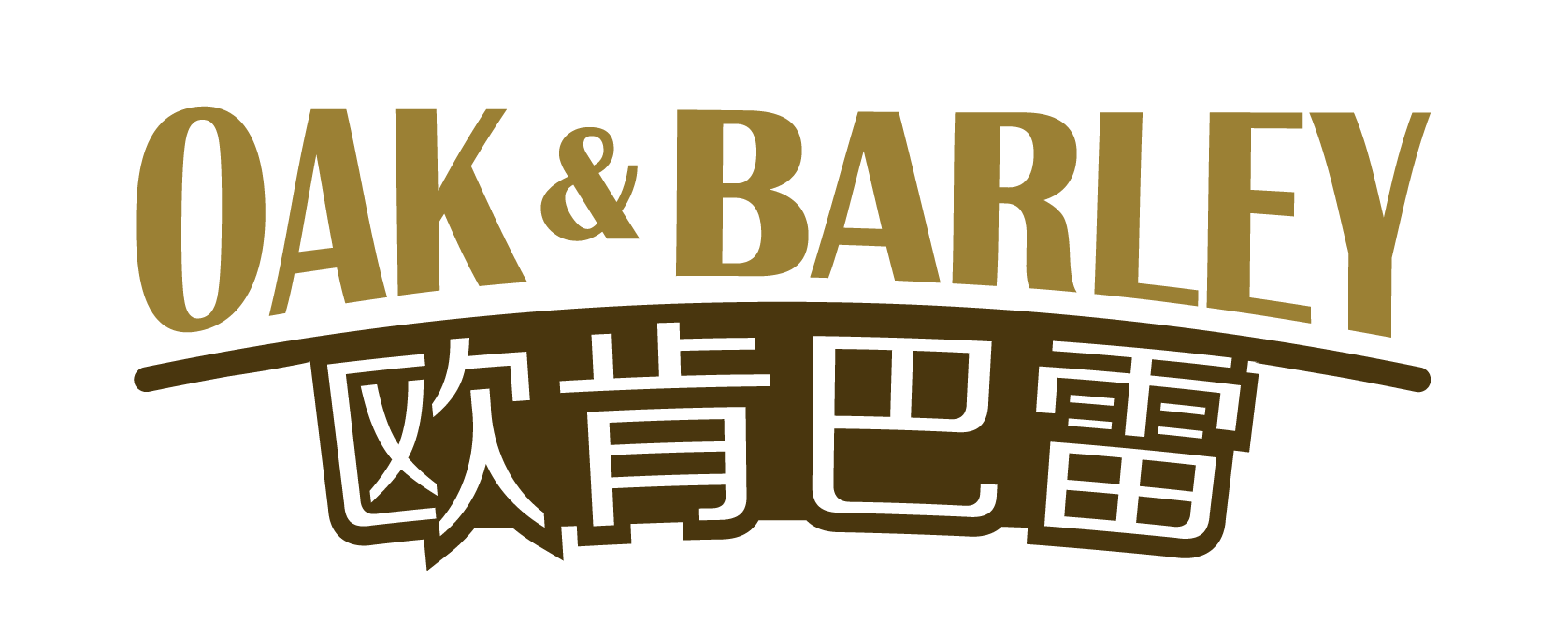
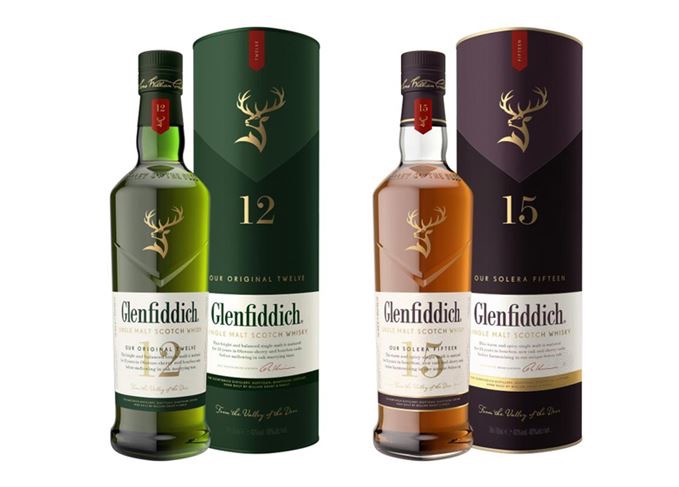
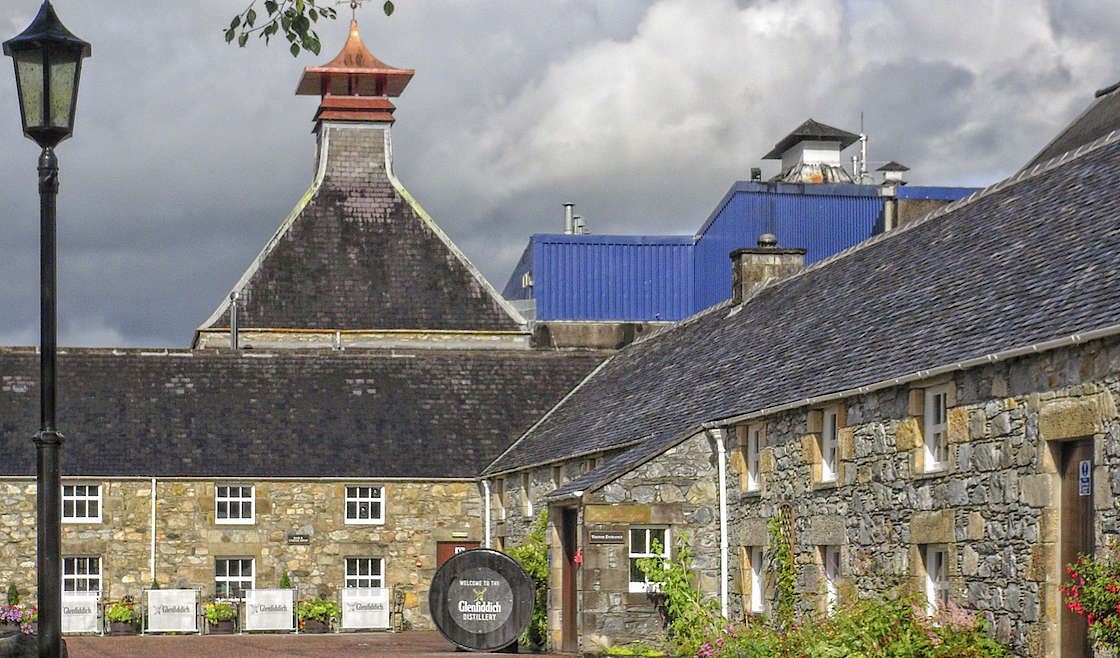
This Post Has 0 Comments